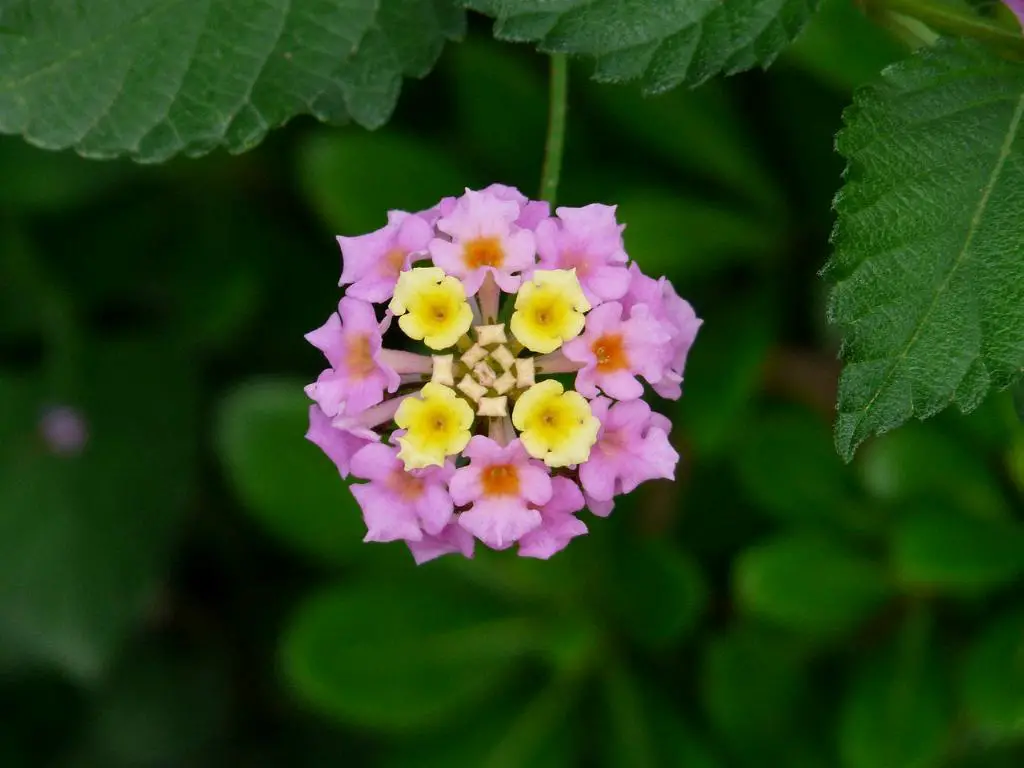Pruning lantana plants is an essential task to ensure their health and longevity. Whether you have perennial lantanas or shrub varieties, proper pruning techniques can rejuvenate the plant, promote new growth, and enhance flowering. In this comprehensive guide, we will explore the best practices for pruning lantana to help you maintain a vibrant and beautiful garden.
Understanding the Basics of Lantana Pruning
Before diving into the specifics of how to prune lantana, it’s crucial to understand the basic principles behind this process. Lantanas are resilient plants known for their rapid growth and prolific flowering. To keep them in optimal condition, regular pruning is necessary to remove old or leggy growth, encourage branching, and stimulate new blooms.
When to Prune Lantana
The timing of pruning lantana can significantly impact the plant’s overall health and performance. For perennial lantanas, the ideal time to prune is in early spring, around March. This allows you to remove any frost-damaged or woody growth from the previous season and encourage fresh growth for the coming year.
Spring Pruning Techniques
When pruning perennial lantanas in spring, it is recommended to cut them back hard to about 6 to 12 inches from the ground level. This severe pruning helps rejuvenate the plant, promote vigorous growth, and prevent it from becoming woody and leggy. Be bold in your approach, as lantanas respond well to hard pruning.
Avoiding Fall Pruning
While spring pruning is essential for maintaining healthy lantanas, it is crucial to avoid hard pruning in the fall. Pruning lantana late in the season can reduce the plant’s cold hardiness and make it more susceptible to frost damage. Instead, focus on preparing your lantanas for winter by providing adequate mulch and protection.
Tools for Pruning Lantana
When pruning lantanas, it is essential to use the right tools to achieve clean and precise cuts. Pruning shears or loppers are suitable for removing thicker branches, while handheld trimmers can help shape the plant and maintain its compact form. Ensure your tools are sharp and sanitized to prevent the spread of diseases.
Post-Pruning Care
After pruning your lantanas, it is essential to provide proper care to support their recovery and growth. Water the plants thoroughly to help them bounce back from the pruning shock and apply a balanced fertilizer to promote new foliage and flowering. Monitor the plants closely for any signs of stress and adjust your care routine as needed.
Training and Shaping Lantanas
In addition to regular pruning, training and shaping lantanas can help create a more structured and aesthetically pleasing appearance in your garden. Use stakes or trellises to support climbing varieties, and prune strategically to encourage a bushier growth habit. With proper training, you can showcase the unique beauty of lantanas in your landscape.
Benefits of Pruning Lantana
Pruning lantanas offers a host of benefits beyond just aesthetic appeal. By removing old, diseased, or damaged growth, you can improve air circulation around the plant, reduce the risk of pests and diseases, and promote overall plant health. Regular pruning also helps lantanas maintain a compact and tidy growth habit, making them easier to care for.
Conclusion
In conclusion, pruning lantana is a vital aspect of maintaining healthy and vibrant plants in your garden. By following the proper techniques and timing for pruning, you can ensure robust growth, abundant flowering, and long-lasting beauty in your lantana plants. Remember to approach pruning with confidence and care, and your lantanas will reward you with a display of color and vitality throughout the growing season.

